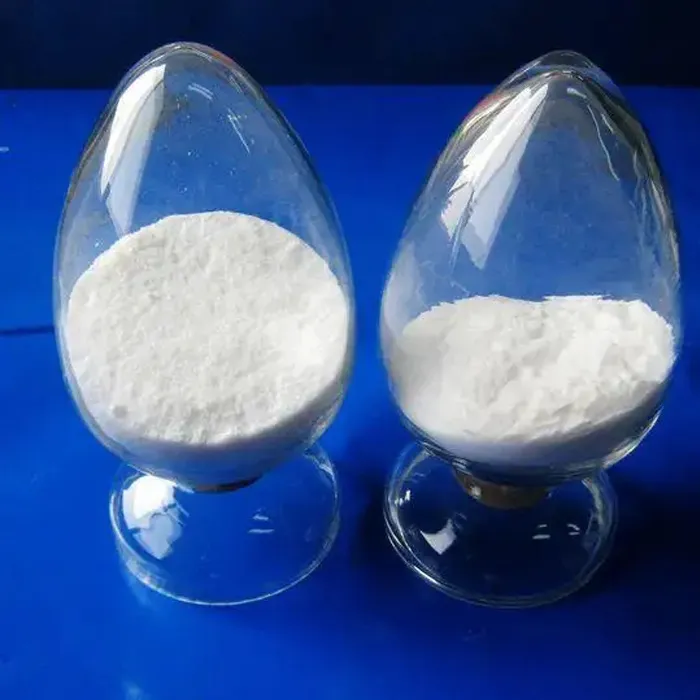Additives in plastics play a crucial role in enhancing the performance, durability, and aesthetic appeal of plastic materials. As plastic usage continues to rise globally in various industries, the role of additives becomes increasingly significant. These compounds are incorporated into plastic formulations to achieve specific characteristics that meet the needs of manufacturers and consumers alike.
One of the primary types of additives used in plastics is stabilizers. These additives help prevent the degradation of plastic materials caused by exposure to heat, light, and oxygen. For instance, UV stabilizers are particularly important for outdoor applications as they protect plastics from becoming brittle and discolored when exposed to sunlight. Additionally, antioxidants are often added to inhibit the oxidation process, ensuring that the plastic maintains its integrity over time.
Another vital group of additives is plasticizers, which are used to increase the flexibility and workability of plastics. By reducing the intermolecular forces between polymer chains, plasticizers make materials like polyvinyl chloride (PVC) more pliable and easier to process. This characteristic is especially essential in products like cables, flooring, and toys, where flexibility is a desired trait.
Antimicrobial agents are also gaining popularity as additives, particularly in consumer goods and medical applications. These agents help inhibit the growth of bacteria and fungi on plastic surfaces, thereby improving hygiene and reducing the risk of infections. This has led to the increased use of antimicrobial plastics in healthcare settings, kitchen utensils, and packaging materials.
additives used in plastics

Colorants, such as pigments and dyes, enhance the visual appeal of plastic products. They allow manufacturers to create a wide array of colors and finishes, making products more attractive to consumers. Color additives are crucial in industries ranging from automotive to consumer electronics, where aesthetic differentiation can significantly impact sales.
Moreover, there are flame retardants, which are added to plastics to reduce their flammability
. These additives are essential in applications where fire safety is critical, such as in automotive interiors, building materials, and electrical components.In conclusion, the diverse range of additives used in plastics significantly contributes to the functionality, safety, and aesthetic appeal of plastic products. As the industry evolves, innovations in additive formulations are likely to address emerging challenges such as environmental concerns, recycling, and sustainability, shaping the future of plastic materials. The importance of additives in plastic manufacturing cannot be overstated, as they enable the creation of versatile products that meet the demands of modern society.

